A multiple choice test consists of a set of questions with a possible answer, where the student must select the correct answers or best answers.
Multiple-choice questions (MCQs) are a widely used and effective method for assessing student understanding. Whether used in quizzes, exams, or formative assessments, MCQs provide educators with a reliable, scalable tool for evaluating comprehension, recall, application, and analysis skills.
This guide covers the advantages, structure, and best practices for crafting high-quality multiple-choice questions that align with learning outcomes and promote deeper thinking.
MCQs offer a range of benefits for educators and learners alike:
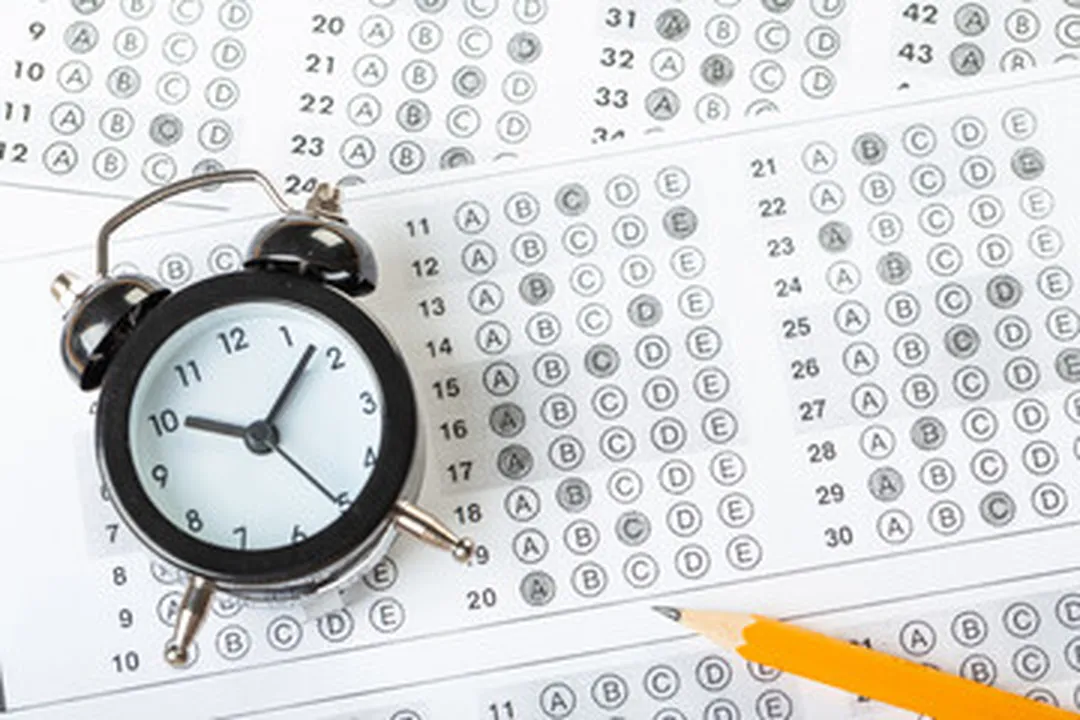
MCQs are quick to administer and easy to score—automated grading tools can instantly generate results and analytics.
Unlike essay questions, MCQs reduce grading subjectivity and instructor bias, leading to more consistent and fair assessments.
Well-written MCQs can minimize confusion and misinterpretation, helping students focus on the core concepts being tested.

By requiring learners to recall and apply knowledge, MCQs help strengthen memory and deepen understanding.
MCQs allow instructors to efficiently assess a broad range of content, especially in large classes or online environments.
Both teachers and students benefit from the speed of MCQ tests, leaving more time for feedback, discussion, and interactive learning.
Students may still score points even with incomplete understanding, offering a nuanced picture of their grasp on the material.
When designed thoughtfully, MCQs can challenge learners to analyze, evaluate, and synthesize information rather than simply recall facts.

Different question types serve different instructional goals. Here are the most common types:
Simple statements where students must decide whether the statement is true or false. These questions are quick to answer but may lack depth.
Students select the best answer from several plausible options. Each option should be concise and clearly distinguishable.
Students match items in one column to those in another. These are useful for vocabulary, definitions, or concepts with direct pairings.
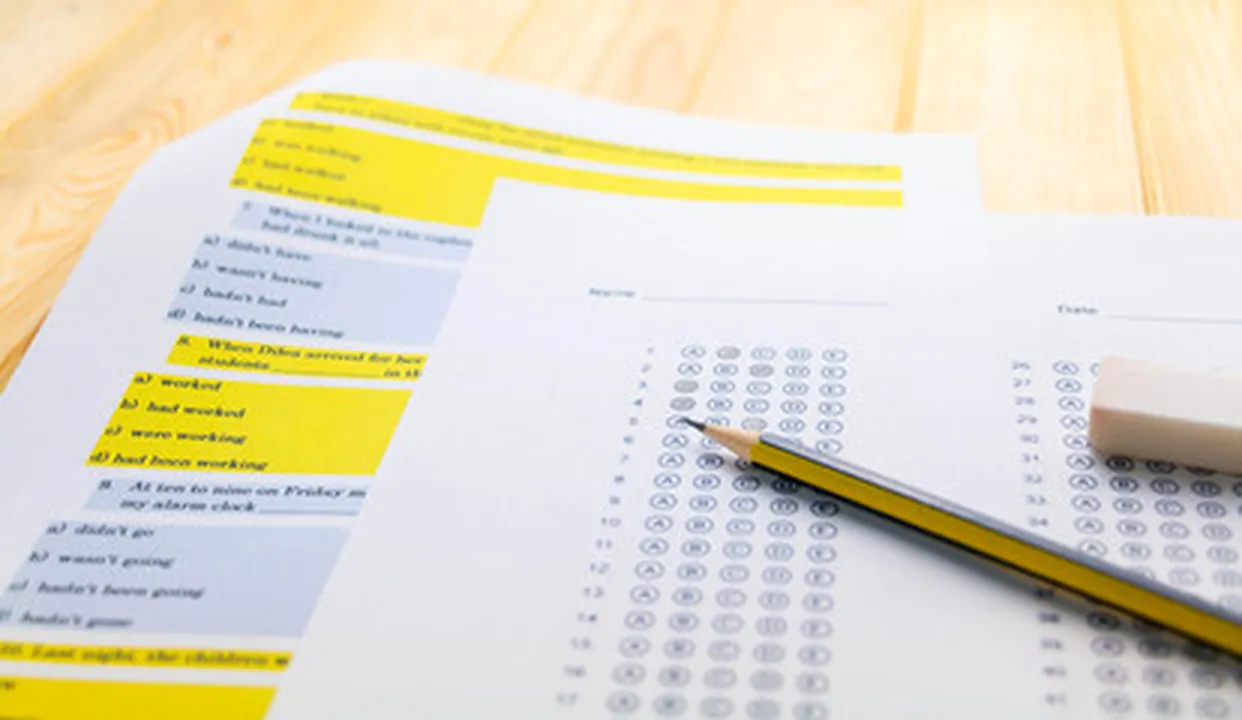
Students complete a sentence using a word or short phrase. These questions test recall and vocabulary comprehension.
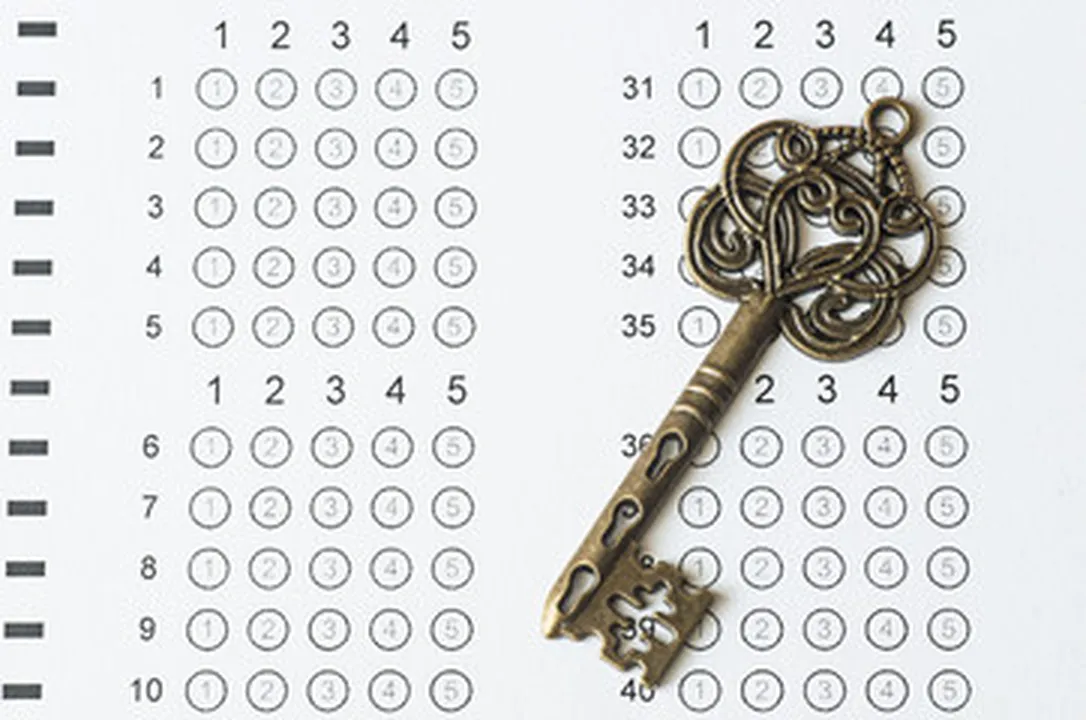
To write effective questions:


The stem should clearly present the question or problem. Avoid irrelevant information or confusing language. Avoid giving away the answer through cues or leading words.
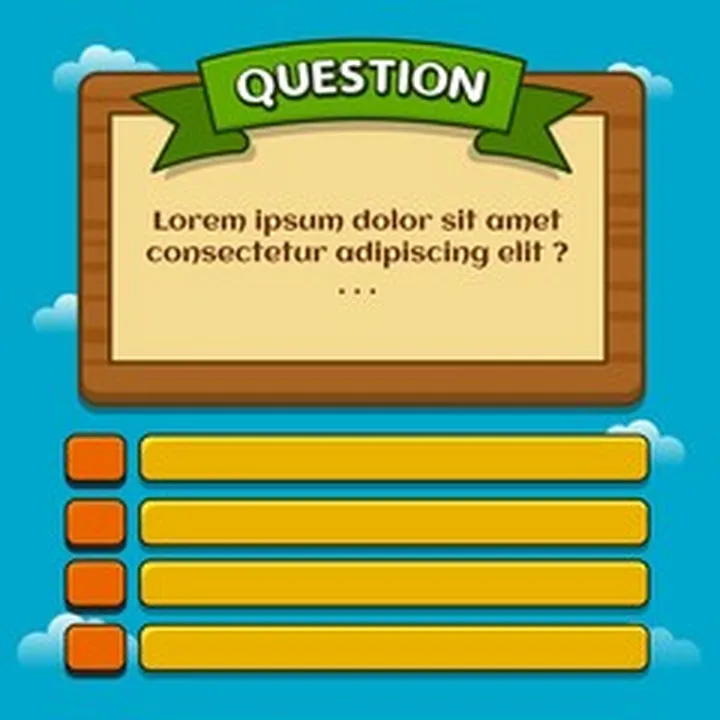
All options should be grammatically consistent with the stem. Distractors should be plausible and target common misconceptions. Only one answer should be clearly correct.
Use MCQs not just for recall, but also for testing critical thinking, application, and synthesis. Provide real-world scenarios and require students to select the most appropriate solution.
Allow sufficient time for thoughtful responses. Avoid overloading students with too many questions in a short period.
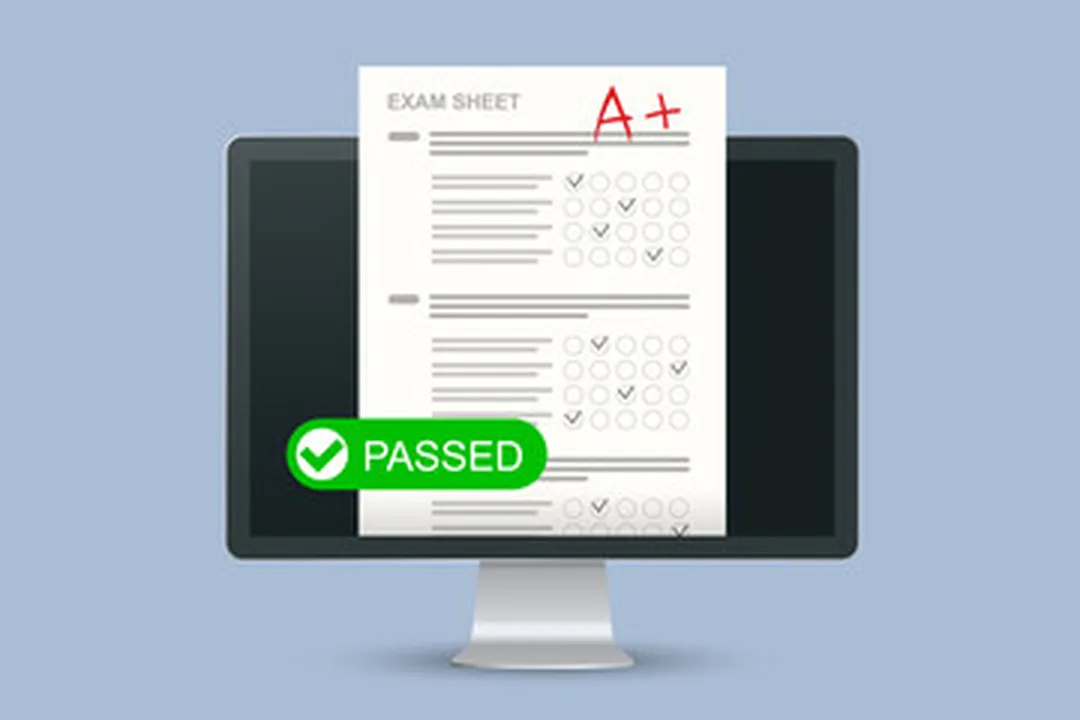
Common scoring methods include:
Consider answer order when randomizing to avoid patterns that could lead to guessing.
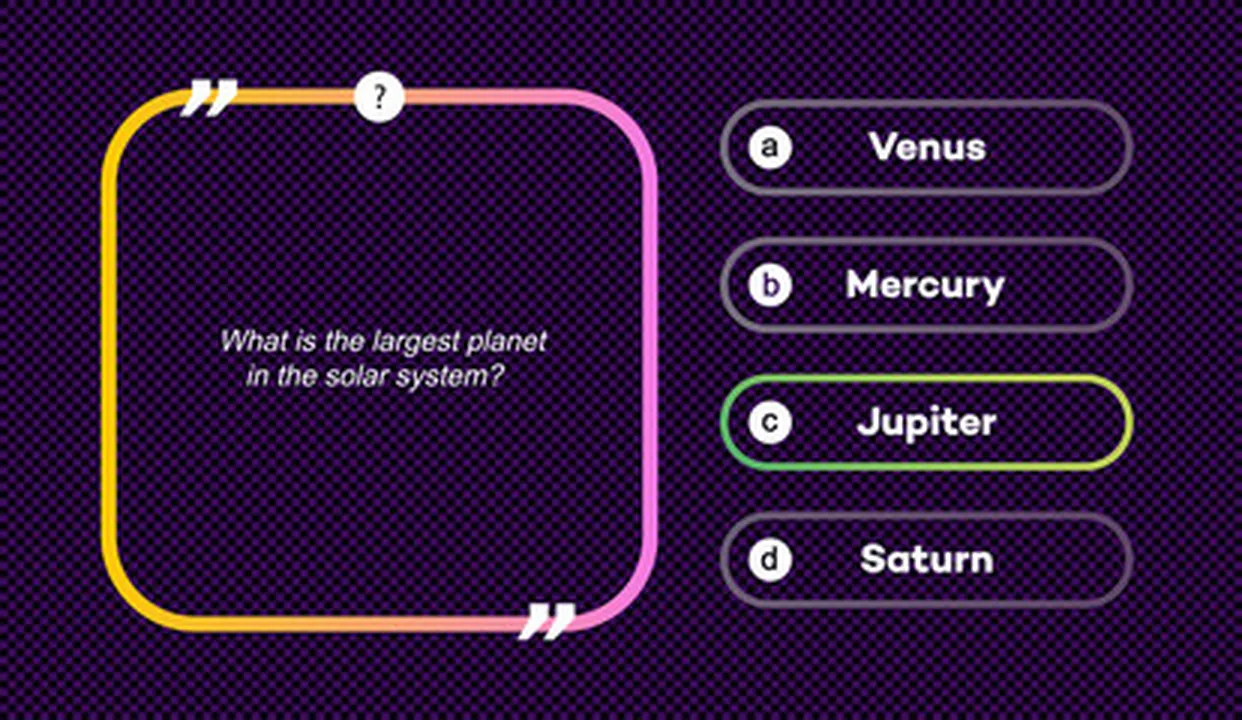
Each MCQ consists of:
Example:
Question: Which of these animals does not belong to the family of cats?
A) Leopard
B) Cougar
C) Tiger
D) Golden Retriever
Answer: D) Golden Retriever
Tips:
Multiple-choice questions are a versatile and effective assessment method when designed correctly. They help educators evaluate a range of cognitive skills, from basic recall to complex problem-solving, while saving time and ensuring fairness.
By applying these strategies and best practices, instructors can create valid and reliable assessments that align with learning objectives and provide meaningful insights into student understanding.
